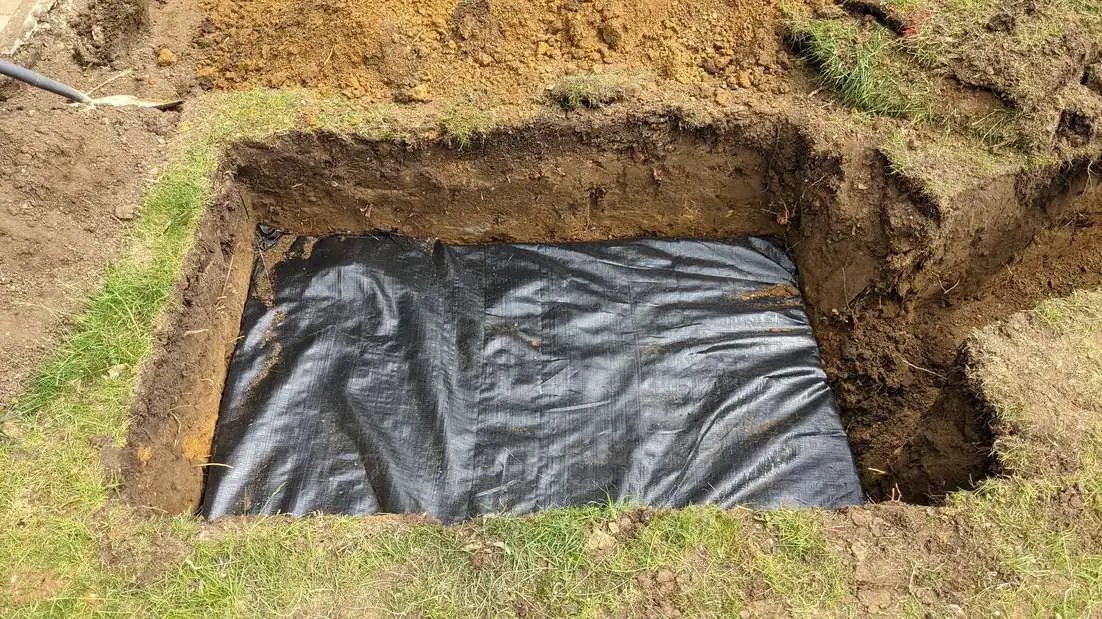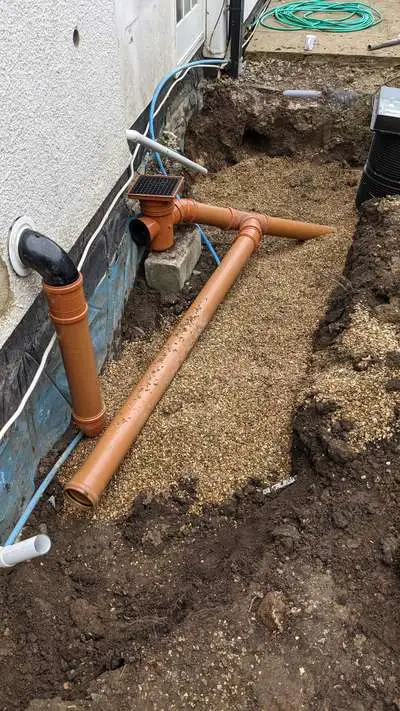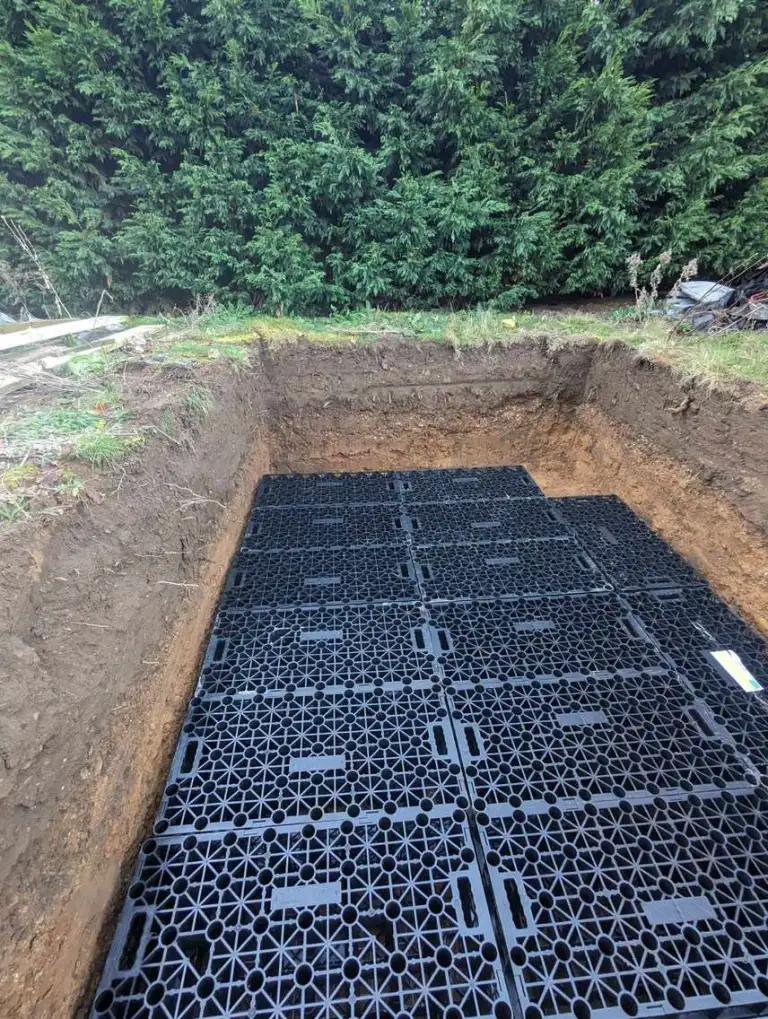by Daniel Currell
Landscaping
Preventing Waterlogging with Soakaways
What issues do Soakaways prevent?
Soakaways are great at stopping surface water from pooling on your lawn or garden, they aid in preventing flooding which can cause damage to foundations and homes, with can cause extremely high repair costs. They’re a low cost, low maintenance and long term drainage solution.
What is a Soakaway?
Soakaways are crates fitted into excavated holes in the ground, they’re either stacked on top of each other, side by side or a mixture of both. Soakaway crates contain large voids that allow rainwater to drain into and then disperse naturally into the lower levels of the ground. They’re the most cost effective way of dealing with excess water, majority of the time they do not require planning permission and a common requirement on a lot of new properties.
This is because they reduce the risk of flooding and the potential damage to property and foundations, if fitted and installed correctly. Old rubble style soakaways use to last between 10 and 20 years, however the new plastic soakaway crates are much better, covered in membrane preventing them from becoming clogged or blocked. Modern soakaways are so efficient they should last a lifetime.
How are Soakaways fitted?
First, you must determine where the soakaway is to be fitted, they have to be at least 5 meters from a building, dwelling or road. Once you’ve have your chosen spot, the pit will be excavated, crates placed inside and then the top and side covered in membrane. Any water drainage pipes from guttering etc will be connected to the soakaway via pipework fitted in trenches underground, further assisting in removing excess water.
How Soakaways deal with water from roofs and patios
Yes, this is one of the main benefits of soakaways, a lot of the surface water on gardens and lawns comes from runoffs from roofs, patios etc. Directing the water from the roof guttering to the soakaway via underground drainage pipes is the most effective way to deal with this issue. Similar for patios, which commonly have drainage channels round them or gravel etc, from here we can direct the water to the soakaway, with the same method as the excess water from the roof.
New soakaways to replace old outdated systems
The old style soakaways were made from rubble and not covered with a membrane, which meant they worked for a number of years, but don’t stand the test of time. Commonly when upgrading to a new, modern soakaway, the old one will be left in the ground, there’s usually no reason to remove it. The only reason for it to be removed is if it conflicts with building regulations and is too close to a building, boundary or road.
A new system is fitted a lot of the time while a new extension is being built, to move it further from the building and to protect the foundations.
Pros and Cons of Soakaways
Pros
– Reduce garden surface water, preventing waterlogging.
– Reduces risk of flooding, damaging your home and property.
– Quick and cost effective.
– Doesn’t change the landscape or alter your garden in any way.
– Membrane material over the top and sides prevents soakaway becoming blocked and prolongs life.
Cons
– Not suitable for types of soil that are poorly draining.
– If fitted too close to a property or not draining correctly, it can cause damage to the home’s foundations, causing extreme damage.
– Garden lawn may temporarily be disturbed, but the grass will grow back in the coming months.













